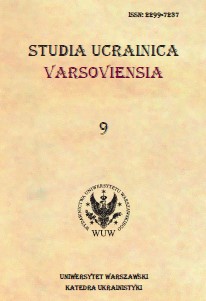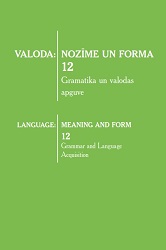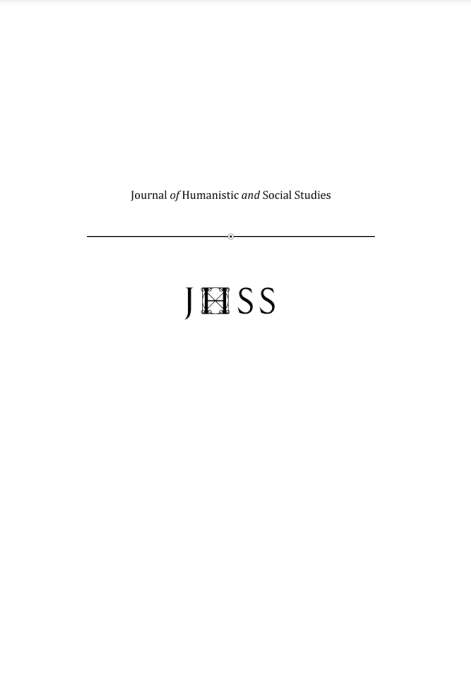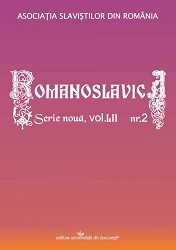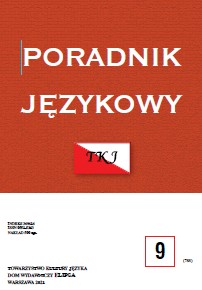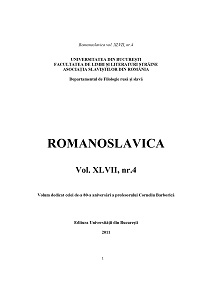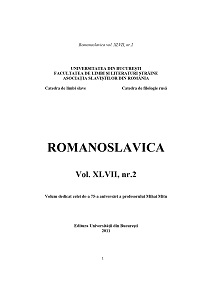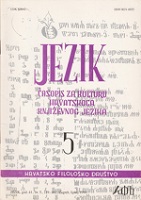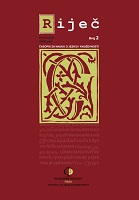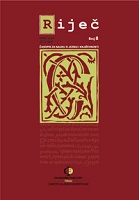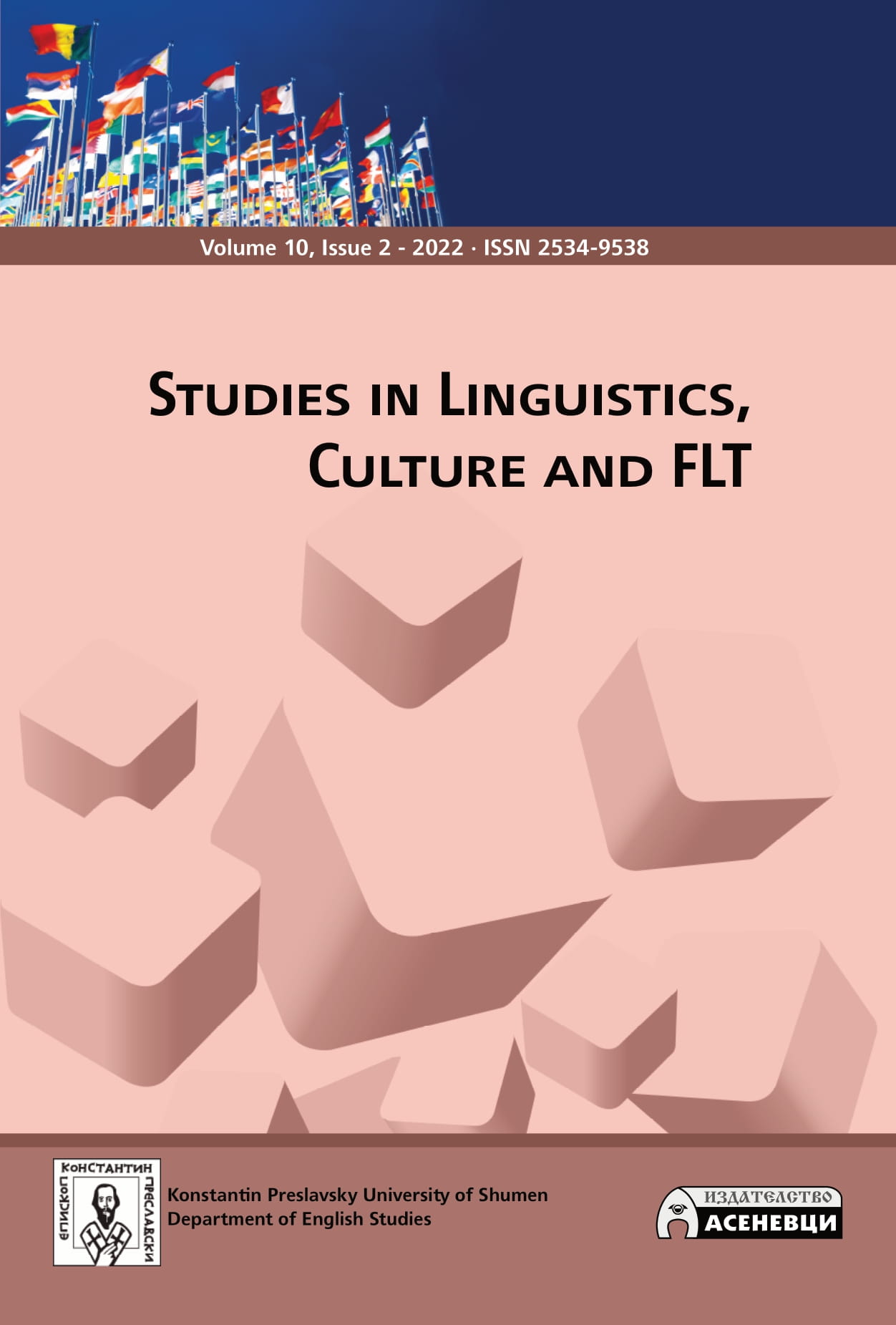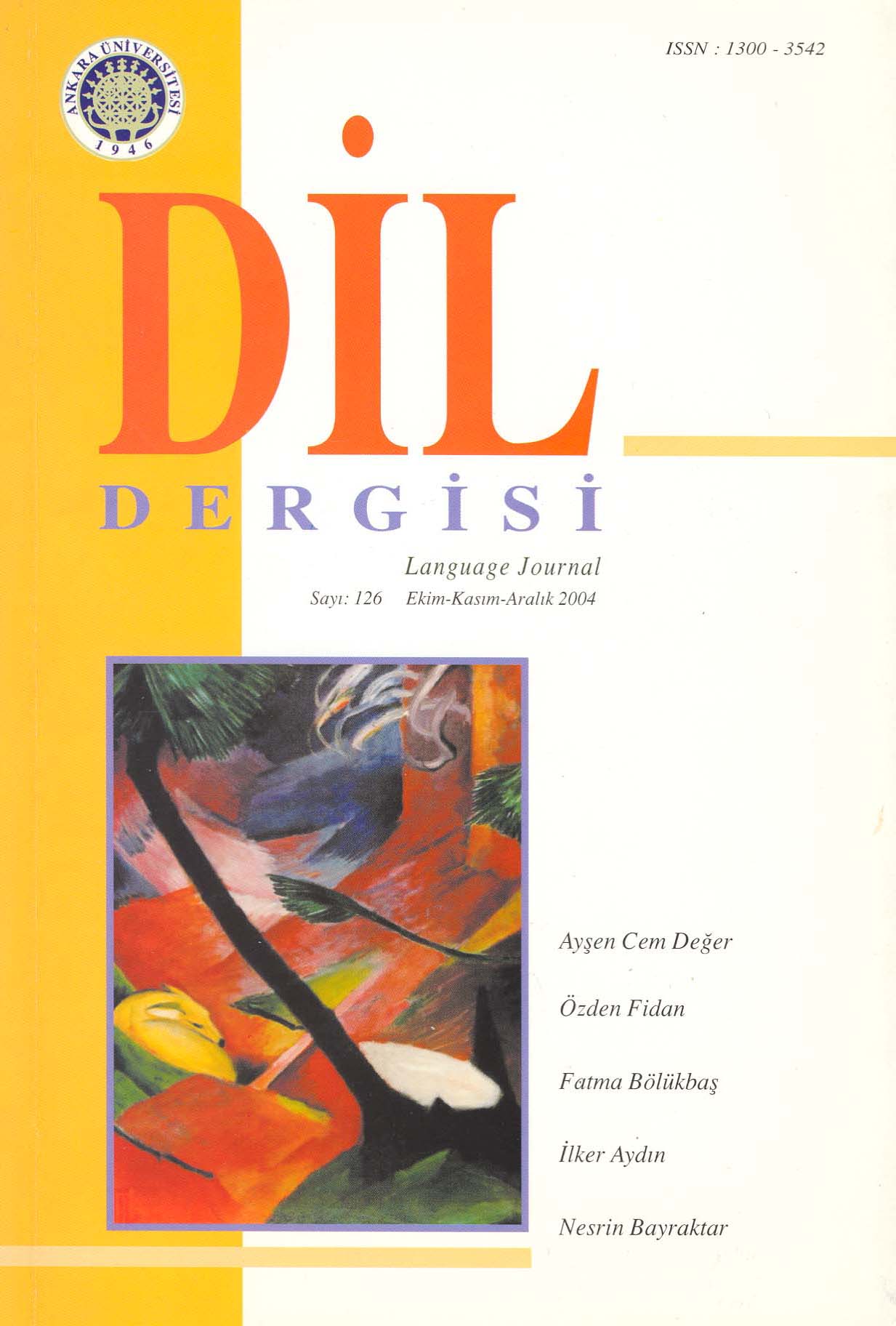
Türkçede Yan Tümce Türleri Ve İşlevleri
Subordinate clauses, although it is a sentence with its structure, meaningly bound to main sentence without being autonomous gramatically. Some subordinate clauses like if clauses, wish clauses and verb clauses don’t explain the true meaning of sentences. A subordinate clause can be a component of main sentence as well as taking part in another subordinate clause. Subordinate clauses in their main sentences are always bound to an upper sentence with some syntax functions. Briefly, subordinate clauses strengthen, explain and complete the idea of main sentence and bound to it with some ways. Subordinate clauses in Turkish are two types as subordinate clauses with finite verb forms and with infinite verb forms. Wish – if clauses, that clauses and subordinate clauses which are structured with some prepositions and repeats are finite verb forms. These are also called as fully equipped subordinate sentences and are few in Turkish. Main forms of subordinate clauses are infinite verb forms in Turkish. These kinds of sentences are structured with both noun and nonfinite verbal forms (nonverb, pronoun verb, subordinate verb form) which are functioning as verbs. They are not fully equipped subordinate sentences. Subordinate sentences function as noun, adjective, subject, complement and adverb in sentences. This study is very useful for those who teach and learn Turkish language because it tries to determine principles of Turkish language syntax and bring up the structure of Turkish sentence especially by analyzing compound sentences.
More...


